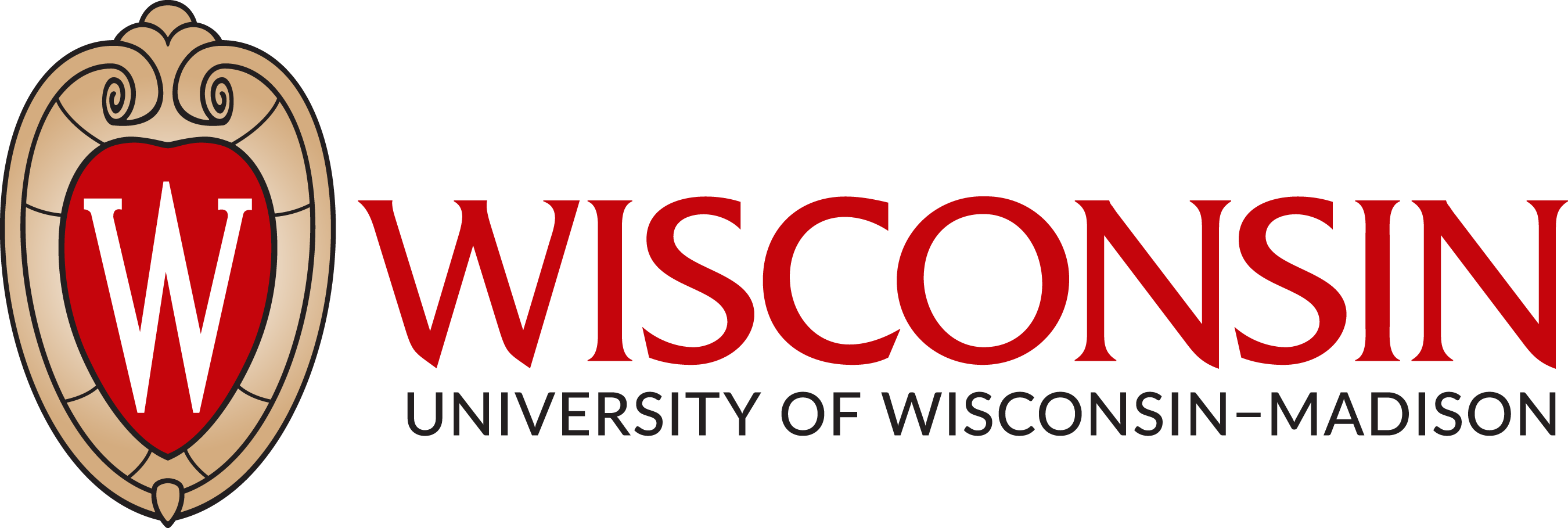Integrated Pest Management
Introduction:
The concept of Integrated Pest Management (IPM) was developed in the agricultural setting as a tool to help farmers make informed decisions on crop health and management. It’s a system used by both conventional and organic farmers. Much of IPM can be applied to home gardens. The concept of IPM can also be expanded to manage overall plant health and productivity in a preventative manner, rather than just focusing on pests.
As you read through the material and watch the videos, think of techniques you or people you know have used to address pest management in unique settings. The Practice activities included in this section will help reinforce some important lessons for this chapter.
After completing the reading in the manual, online module, and class activities, you will:
- Identify the components of the IPM framework;
- Describe mechanical, cultural, biological pest management techniques;
- Explain when to use chemical management techniques;
- Compare synthetic and organic chemical products;
- List and explain the signal words on a pesticide label;
- Explain the importance of reading pesticide labels.
Read:
Watch:
- Presenter: Johanna Oosterwyk, UW-Madison D.C. Smith Greenhouse Manager.
- FYI: These videos were created for Master Gardener Volunteer Training and are used with permission for Foundations in Horticulture.
- There are two required videos, for a total view time of approximately 40 minutes.
Practice:
Click on the (i) symbol to review each tier of the IPM triangle.
Review key concepts using the interactive activities below.
Supplemental Materials:
- Biological Control of Insects and Mites: An Introduction to Beneficial Natural Enemies and Their Use in Pest Management, UW-Extension Learning Store Publication A3842)
- Understanding the Pesticide Label from University of Missouri Extension
- What’s in that pesticide? University of California, IPM Program, YouTube Video
Here is one additional UW-Madison Extension video that you can choose to watch for this module:
